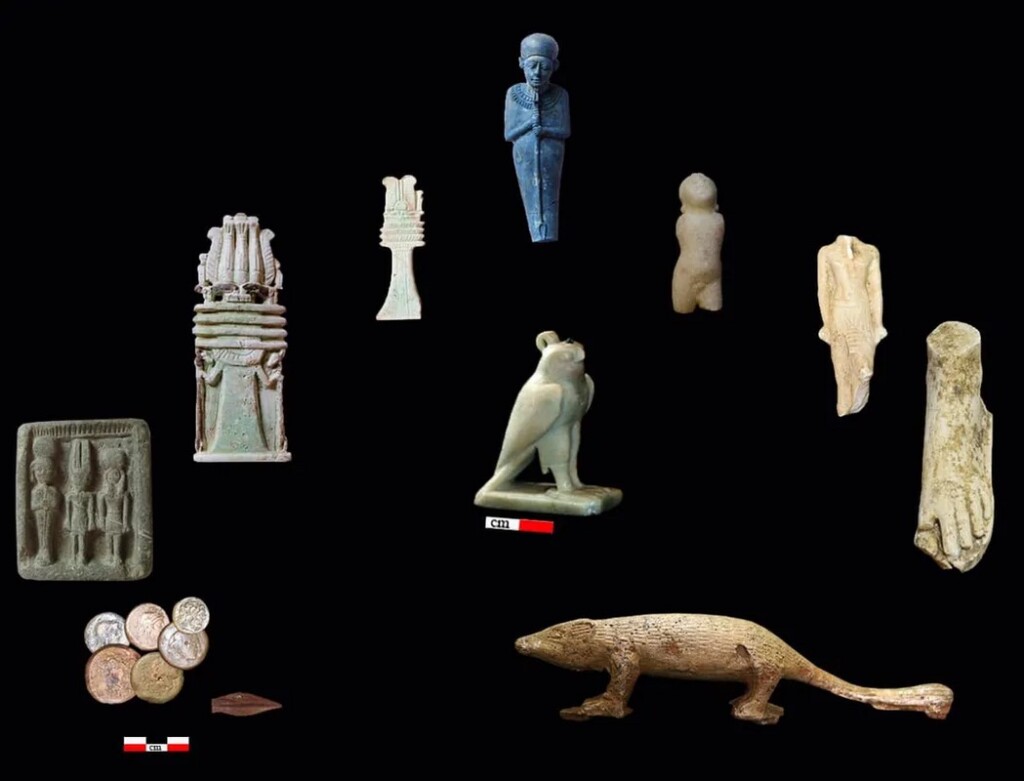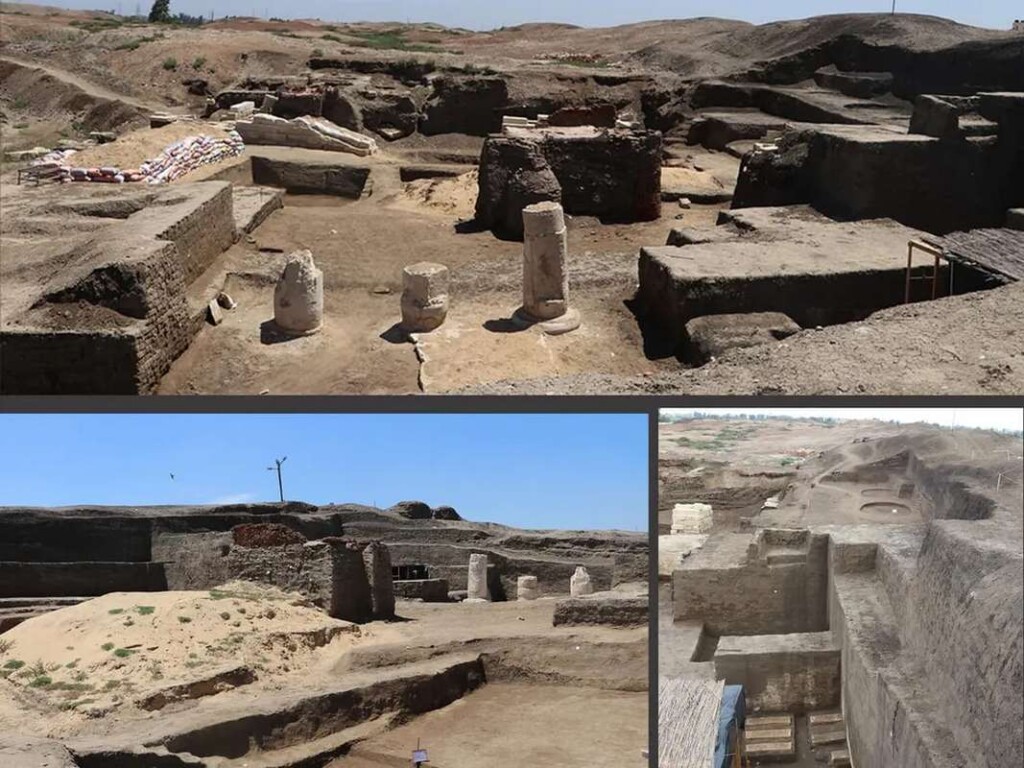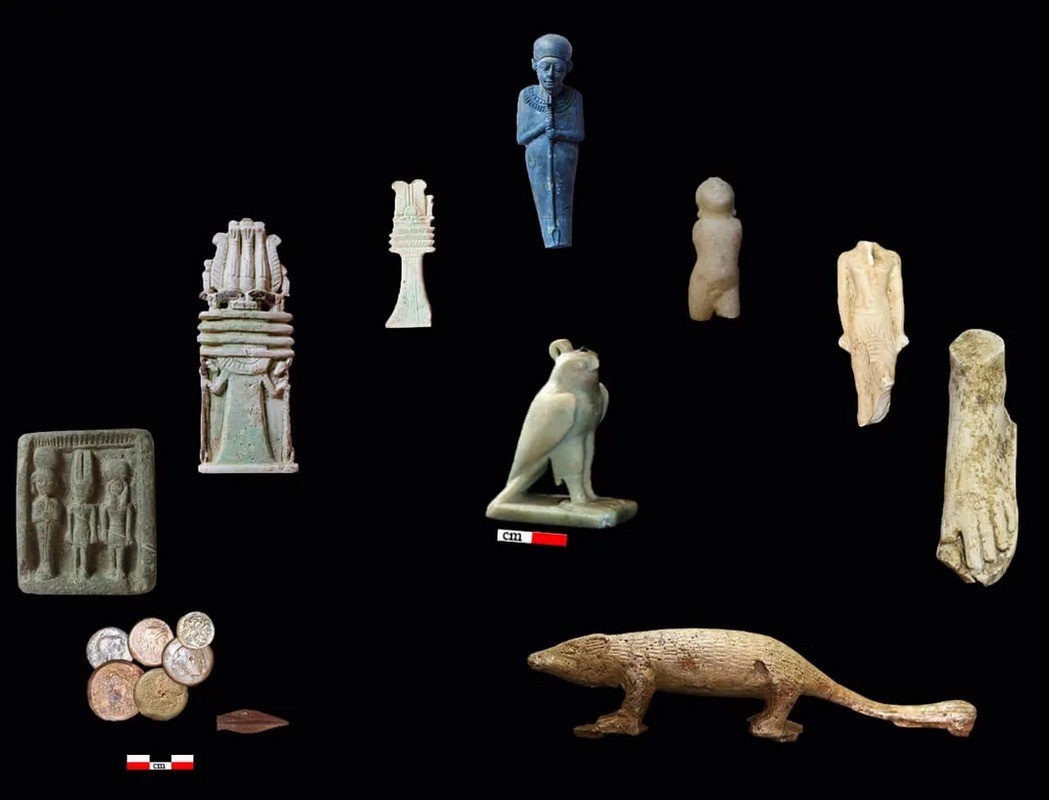
Another stunning remnant of ancient Egyptian civilization has been unearthed in the form of a large astronomical observatory.
At over 9,000 square feet, it’s the largest of its kind ever found in the land of the Nile, and is believed to have been last used around the 6th century BCE.

The Egyptians were more than able stargazers. Many of the foundations of their society, religion, and culture were centered around their advanced knowledge of the movements of the stars and planets.
The observatory was found in the town of Buto on the grounds of what is known as the Temple of the Pharaohs.
Shaped like an L with the doorway facing east to observe the rising sun, the building was adorned with tall sandstone pillars, testifying to its use in religious ceremonies as well. A trove of religious artifacts was discovered there, including carvings of all sorts dating back as early as 2,600 BCE, further reinforcing that the observation of the stars was very much tied to the Egyptian cult, both of the old gods—Osiris, Horus, Isis, etc. and the later moon god Amun.
Among the instruments discovered in the observatory during excavations was an inclined stone sundial known as a shadow clock, which is considered to be one of the most prominent timekeeping instruments in ancient times, according to a statement released by the Egyptian Ministry of Tourism and Antiquities.
The building consists of a straight cluster of 4.8-meter-long limestone tiles, with five level blocks of limestone, three vertical and two horizontal blocks, and is thought to have had sloping lines used to measure sun inclination and shade and monitor sun movement during daytime hours.
WANT MORE ASTOUNDING EGYPT?
- Egyptians Performed Brain Surgery 4,000 years ago: A Discovery Called a ‘Milestone in the History of Medicine’
- 2,000-Year-old Buddha Statue Turns Up at Ancient Egyptian Port—What Was it Doing There?
- Hidden Corridor Discovered Inside Great Pyramid of Giza by Non-invasive Imaging Tech
- Tunnel Found in Egypt Could Lead to Lost Tomb of Cleopatra
- Archaeologists Discover ‘Dazzling’ 3,000-Year-old Egyptian City, Left ‘As if it were yesterday’
The Egyptians measured time as we do: with a 24-hour day, and a 365-day year. So the shadow clock would work as well for us as for them.
Mr. Fawzi Qutab, head of the Central Department for Marine Surface Monuments and Sinai, explained that on the middle floor of the main hall, a stone platform was discovered with engravings that represent mostly astronomical views of sunrise and sunset during the three seasons of the year.
Calculating key dates of religious festivals and the flooding of the Nile would have been done in the hall, Qutab and his colleagues explain in the statement.
Egyptian astronomy could be incredibly precise, as some of the constellations they mapped remain with us today. Some scholars believe they had the knowledge to calculate precession, or the time it takes for the equinoxes to precess through one complete cycle around the band of the ecliptic or zodiac: approximately 25,920 years.
SHARE This Awesome Discovery With Your Friends Who Love Egypt…




















